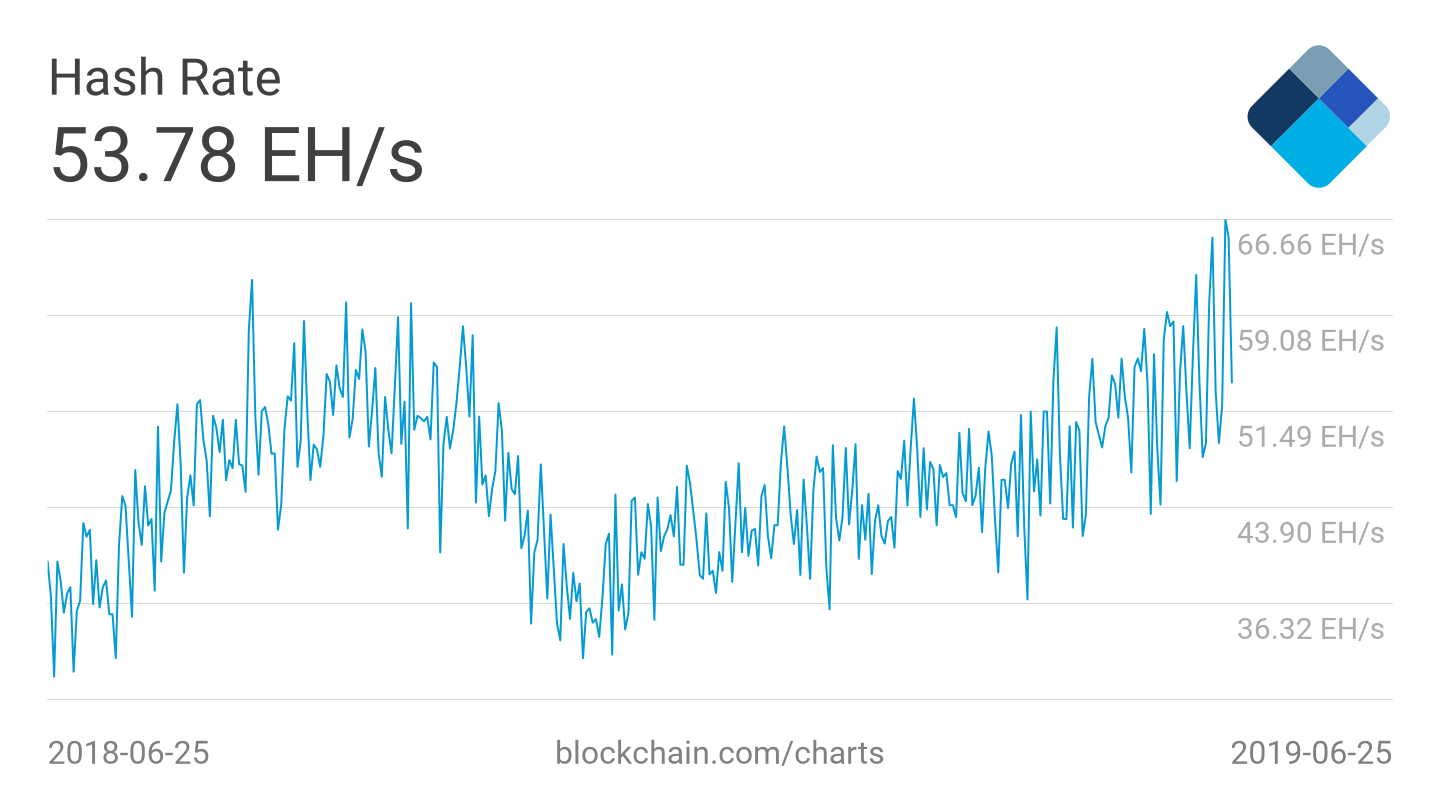Bitcoin’s ongoing bull run has juiced
demand for new mining equipment, putting pressure on manufacturers to
produce enough machines to satiate buyers.
The world’s largest cryptocurrency by
market cap is currently trading at above $11,000 after it surpassed the
$10,000 level over the weekend – a nearly 200 percent jump since
February.
“The surge in bitcoin resulted in
increased demand and supplies were already short,” said Steven Mosher,
head of global sales and marketing at Canaan Creative, maker of the
Avalon miner.
While he declined to disclose the
firm’s order volume, Mosher said in an email that “the current state of
the industry is that inventories are down and demand is high.”
He told CoinDesk:
“It looks like a return to the 2017 Q3, Q4 conditions, where demand was three times the supply.”
Back then, bitcoin’s price had
doubled from July to September in 2017 and further jumped by four times
in the last quarter, reaching almost $20,000.
The price increase over the past several months also led to a
significant drop of the time it takes for new mining equipment to pay
for itself, according to data provided by TokenInsight, a crypto startup
that focuses on mining and trading research.
The firm estimates the average payback period for most mining
equipment in the second quarter has dropped to 60 to 150 days, a notable
decrease from the previous range of 120 to 280 days.
New models
To capture the new opportunities,
Canaan launched a new mining model last month, the AvalonMiner 1041,
which it claims can compute as much as 37 terahashes per second (TH/s)
with electricity consumption at 2,361 watts per hour.
By comparison, an older model, the Avalon 851, performs its
calculations at a speed of around 14.5Th/s, consuming 1450 watts an
hour.
Mosher added that pre-orders for such
models are already queued up to as late as October delivery, due to the
bulk of buying interest coming from larger customers.
Similarly, crypto mining giant
Bitmain rolled out for sale improved versions of its AntMiner S9 model,
dubbed AntMiner S9 SE and S9k just last week. Shipment of the first
batch won’t be scheduled until August, according to the firm’s website.
Even more expensive and powerful
products, such as the WhatsMiner M20, launched by ex-Bitmain chip design
director Zuoxing Yang, are seeing an increasing level of buying
interest.
Yang told CoinDesk that the next
batch of M20s, which are scheduled for shipment as late as October, is
“almost sold out” at the moment.
But Yang added another important reason why the industry’s supply is
having difficulty catching up with the demand is production capacity due
to the limited supply of chips from various vendors to begin with.
“Bitcoin’s hash rate increase just can’t keep up with the pace of the
price jump,” Yang said. “Production capacity is the bottleneck.”
Hash rate boost
Indeed, the resurgence of mining interest is also reflected in the
overall amount of computing power devoted to securing the bitcoin
network, which recently hit an all-time high.

Based on data from mining pool BTC.com, the latest one day and seven-day average hash rates are at 65 million TH/s and 58 million TH/s, respectively.
This aggregated computing power has
jumped by about 80 percent since late last year when the 14-day average
bitcoin mining hash rate dropped to as low as 36 million TH/s amid
bitcoin’s price decline.
Assuming all such additional
computing power has come from more widely used mining models like the
AntMiner S9 or Avalon 851 with an average hashing power of about 14
TH/s, that would translate to roughly 2 million mining units having been
switched on over the past few months.
As a result, BTC.com estimates that bitcoin mining difficulty
– a measure of how hard it is to solve the math problems that earn new
coins – will further increase by six percent at the beginning of the
next adjustment cycle to an all-time-high level above 7.8 trillion.
source link











